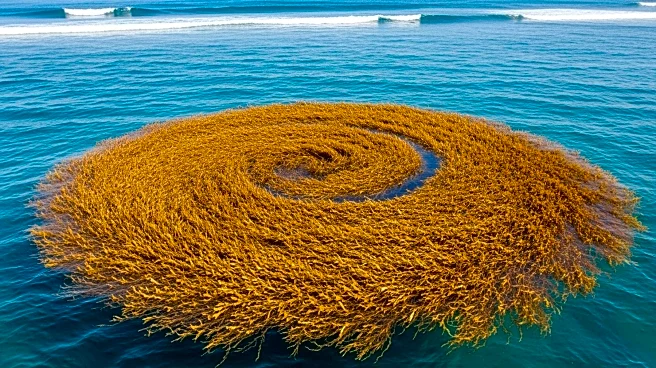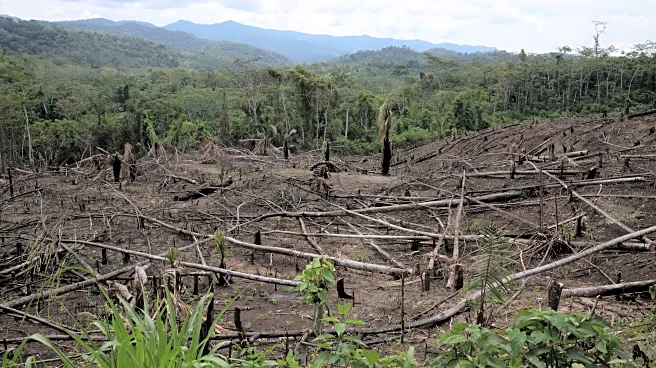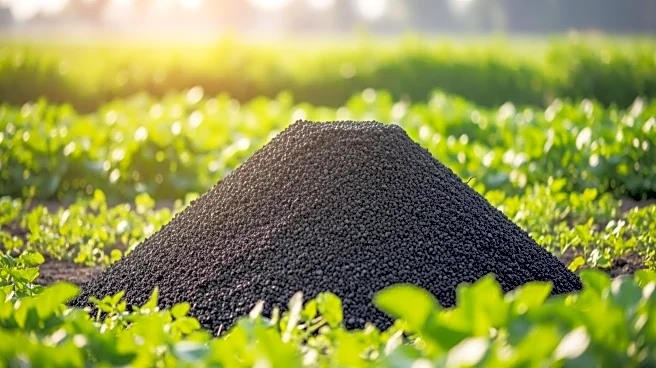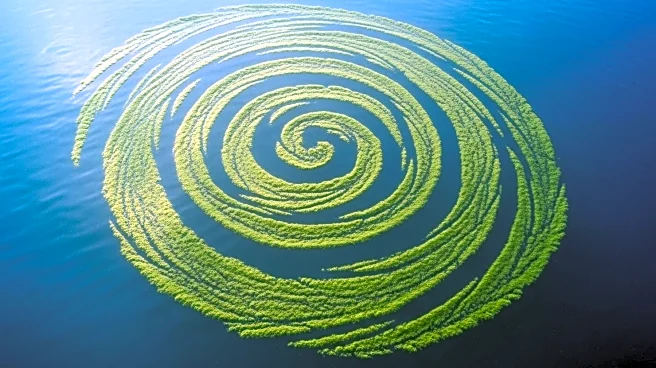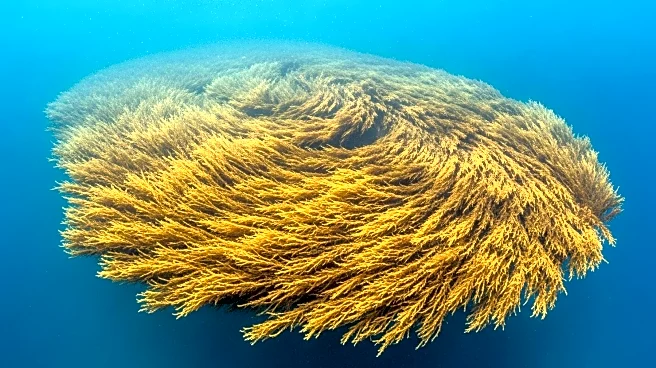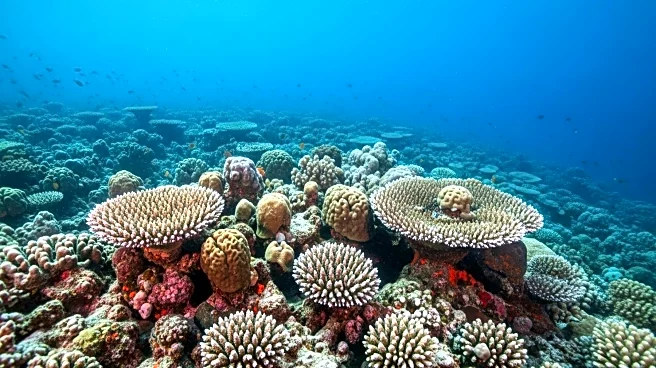What is the story about?
What's Happening?
A massive belt of sargassum algae, known as the Great Atlantic Sargassum Belt, has been expanding across the Atlantic Ocean, stretching from the West African coast to the Gulf of Mexico. This phenomenon, which began after a major bloom in 2011, has grown significantly, now covering over 8,850 kilometers. The algae thrive in nutrient-rich waters, with increased nutrient pollution from human activities such as agricultural runoff and wastewater discharge contributing to its rapid growth. The sargassum provides essential habitat for marine life but poses ecological and economic challenges when it accumulates in large quantities, releasing toxic gases and disrupting coastal economies.
Why It's Important?
The expansion of the sargassum belt has significant ecological and economic implications. Ecologically, while sargassum is vital for marine species, its excessive growth can harm marine and human life by releasing toxic gases and contributing to climate change through greenhouse gas emissions. Economically, the algae's mass strandings on beaches disrupt tourism and local economies, with costly cleanup efforts required. The phenomenon also highlights the impact of human activities on ocean health, as nutrient pollution from land-based sources is a major driver of the algae's growth. This situation underscores the need for better management of nutrient runoff and wastewater to protect marine ecosystems and coastal economies.
What's Next?
Scientists are closely monitoring ocean currents and nutrient levels to predict future sargassum bloom patterns. The current trajectory suggests that more regions could be affected, potentially leading to more widespread oceanic changes. Coastal communities may need to implement strategies to manage the impact of sargassum blooms, including improved nutrient management practices and investment in cleanup efforts. Additionally, there may be increased pressure on policymakers to address the root causes of nutrient pollution to mitigate the environmental and economic impacts of these algae blooms.
AI Generated Content
Do you find this article useful?
